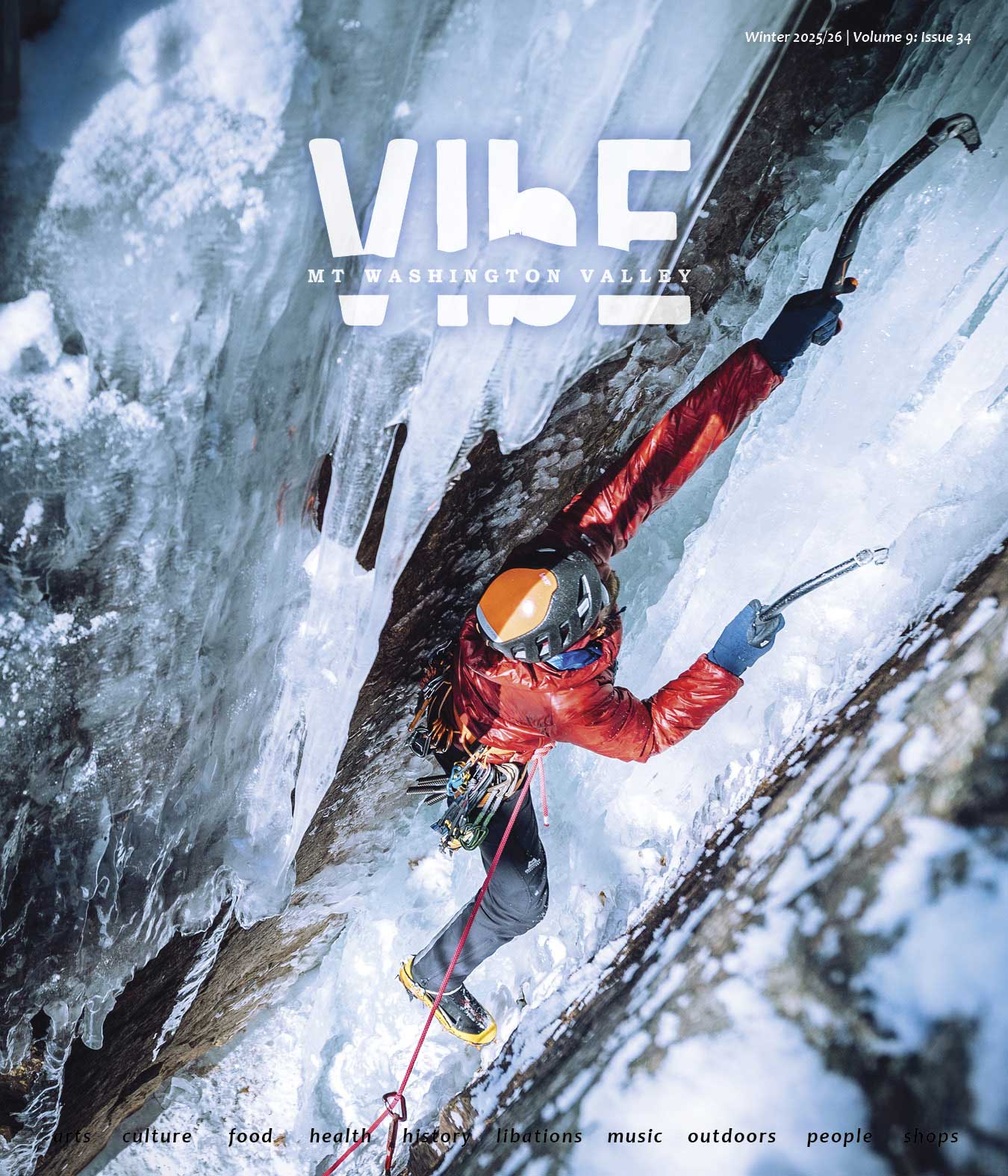Muscle TLC for the Adventurer
By Hilary McCloy with photos by Andrew Drummond
Backcountry skiing and hiking have paralleled movement patterns that activate and tax similar muscle groups. The uphill movement pattern of backcountry skiing is essentially the uphill hiking motion; you just happen to have skis on your feet versus hiking boots or snowshoes. If you have done either of these activities, you most likely experienced muscle fatigue and tightness the next day, so stretching the muscles after your activity is important for muscle recovery and improving your experience for the next time you venture outside.
Stretching Benefits
Stretching muscles after you participate in an activity will help reduce tightness, start the muscle recovery process, and the delayed onset of muscle soreness the following day. Muscles need to be pliable and flexible to function correctly, as well as improve mobility around joints. If a muscle is short and tight, it can create weakness and imbalances in movement patterns. Fascia, as Dr. Trish Murray discusses on the previous pages, is a sheath around muscle groups and connects muscles into chains that run through our bodies, which is stretched as well during these static holds.
WHEN: Perform the stretches when you are still warm from the activity or before you sit for long periods (i.e. drive in the car).
HOW: Hold all stretches for 60 seconds in each position; repeat on each leg two times.
If you have a long or short drive to the trailhead, It is advisable to move through dynamic movements to get loosened up before starting your hike or skin to aid in later muscle recovery. I recommend moving in varying planes to get blood moving, warm up the muscle, and stretch the fascia.
- Move into a wide stance; then shift weight side to side (10 times) by moving from the hips to stretch the groin muscles while reaching across the body to rotate the torso.
- Perform 10 walking lunges, pausing in the middle of each movement to stretch from the hip.
- Perform 10 air squats while going up on your toes as you move into standing position.
QUADS

Photo by Andrew Drummond
Stand on one leg, bend the knee by holding onto the ankle. Focus on keeping the thighs parallel and avoid letting the low back extend.
WHY: The quads are engaged the entire time you are skiing or hiking down, as well as utilized stepping up.
CALVES

Photo by Andrew Drummond
Stand with your hands on a wall or side of your car; move into a lunge position with the rear foot pointed straight towards forward. Focus on straightening the back leg with heel down and relax by taking some of the body weight through the arms.
WHY: The calf muscles are engaged as you power off of your toes when hiking or skinning up as you point your foot, as well as activated as a braking mechanism when hiking or skiing down.
HIP FLEXOR

Photo by Andrew Drummond
Kneel down on one knee and place the other foot flat on the ground. Posteriorly tilt the pelvis of the leg that is kneeling to feel a stretch in the front of your hip and upper quad. Raise the arm of the kneeling limb towards the ceiling to stretch the upper portion of the psoas (hip flexor) muscle.
WHY: The hip flexor muscle is recruited every time you lift your leg to step, so it is often stressed by the first few hikes or skins of the winter season.
GLUTES

Photo by Andrew Drummond
Lie on your back, knees bent with feet flat; cross one ankle over the opposite knee. The stretch should be felt in the glutes (outer butt muscles) of the crossed leg; if there is not enough stretch then press the knee forward.
WHY: The gluteal muscles are activated when hiking uphill by stabilizing the femur and propelling the body forward. Descending on foot or when skiing, the glutes work as a brake against gravity to control momentum.
LUMBAR SPINE

Move onto your hands and knees; sit back on the feet and reach the arms out in front. Relax and focus on the bending and flexion of the low back.
WHY: The lumbar spine muscles are activated while ascending and descending during both of these sports due to the gravitational pull down the hill and centrifugal forces while turning.






